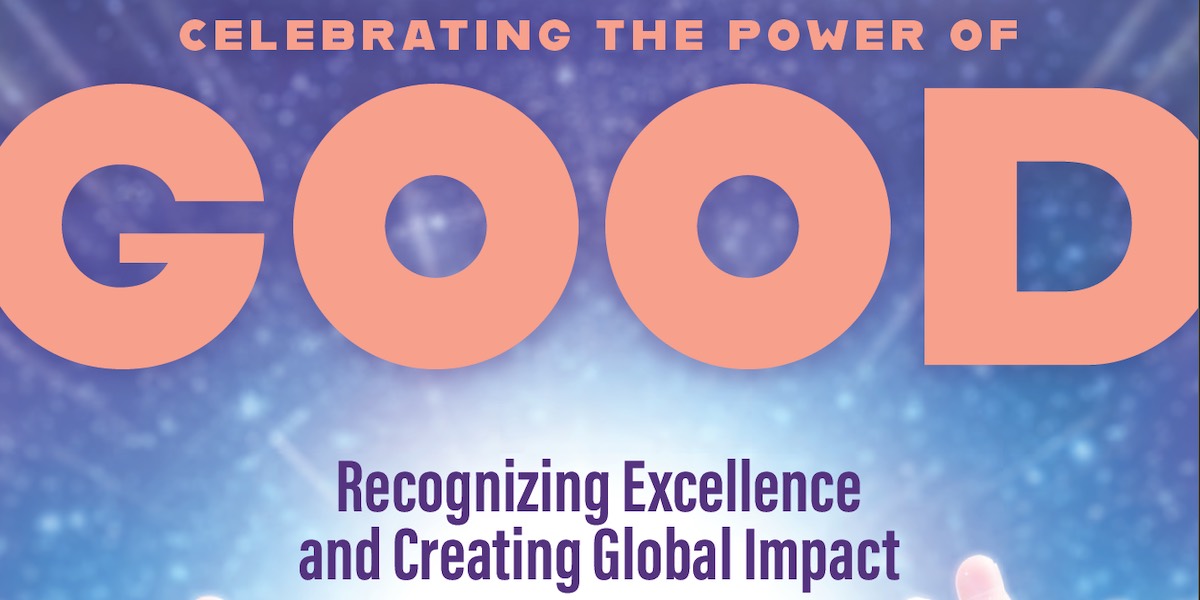We recently spoke with Christine “Shimo” Shimasaki, CDME, CMP, managing director of 2Synergize LLC, about the Event Data Analysis course she’s offering through the MPI Academy and how meeting professionals should be more strategic in their use of event data.
How are some meeting professionals using or thinking about event data in the wrong way?
I think there is a misperception that event data is only about quantitative data—information that is numerical—and we overlook the use of qualitative data to provide key insights. For example, when you’re first exploring a problem, it might be best to interview stakeholders and draw out themes to best characterize different perspectives of the problem before sending out a survey. What you learn through interviews may help you construct a better survey. The other issue is how we choose to communicate with data in the form of visualizations (charts/graphs) and the format of our reports. For example, bar charts and pie charts can easily misinterpret the actual findings.
What problems arise when one relies more heavily on intuition than data?
The challenge with relying on intuition is that it can take a long time to develop, is limited by the experiences of a person and can be applied inconsistently. But I think the biggest challenge with relying heavily on intuition lies in the importance of communicating to stakeholders and convincing them to approve an investment based on one’s gut feelings. On the other hand, only relying on data to make decisions may not be realistic because it’s difficult to obtain all the information in order for a decision to be clear cut. Therefore, what I advocate is for data and intuition to go hand in hand in decision making.
Event Data Analysis certificate program. The key to great strategy starts here.
Any tips for those who aren’t sure where to begin?
First of all, it’s nearly impossible to harness the power of data without having the skill set to explore it, which means learning Excel. The closer you are to the data, the better your strategic decisions will be, as well as the ability for you to put intuition and data to work together.
How can one apply creativity to solving a problem through data?
Creativity comes in when you’re ready to take action, after being armed with insights that both your data and intuition provided. Creativity is in the recommendations you make as a result of exploring and understanding the problem.
MPI ACADEMY INSIGHTS FROM NANCY SNOWDEN, MANAGER, CURRICULUM AND INSTRUCTIONAL DESIGN
In a recent Forbes article, author Campbell Brown, founder CEO of PredictHQ, says, “It’s time that we accept the limitations of big data and embrace the need for smart data.” But what does Brown mean by that exactly when it comes to data-driven decision making? Simply put, big data means you have a lot of it, but the amount of time spent cleaning up that data to help you determine your business plan or measure ROI takes too long. Rather, designing data to be “smart” allows you to “find the most impactful data, faster,” according to Brown.
When we look at designing educational offerings such as the Event Data Analysis certificate course, this is exactly what we want to focus on. In a time when the meeting and event industry is evolving, how can we gather and analyze rich, smart data that allows us to be not just be creative, but evolutionary in our post-event strategy? How can we truly harness the power of the data we collect, instead of letting it collect dust?
Learn more about the Event Data Analysis course and register for the inaugural offering to learn how to best gather and analyze data from start to finish.







